
The rise of
approaches across cultures
Audun Skau Hansen, for the Norway-Japan academic network seminar 2023
Disclaimer
Experimentation drives development
New technologies
New student groups
Needs of society are changing
Educational systems at a glance (~2020)
|
Statistic |
Norway |
Japan |
|
|---|---|---|---|
|
Years of compulsory education Average years of schooling for adults Spending per student (in USD) The share of 25-34 year-olds with tertiary attainment |
10 [*] 11.8 [*] 17 757 [OECD, 2019] 55 %[OECD, 2021] |
9 [*] 9.8 [*] 12 474 [OECD, 2022] 65 % [OECD, 2021] |
Is "passive learning" even possible?
Students do more than just listen
Emphasis on developing student skills
Higher order thinking
Engagement in activities
Reflection on own learning
Bonwell, C. C., & Eison, J. A. (1991). Active learning: Creating excitement in the classroom. 1991 ASHE-ERIC higher education reports. ERIC Clearinghouse on Higher Education, The George Washington University, One Dupont Circle, Suite 630, Washington, DC 20036-1183.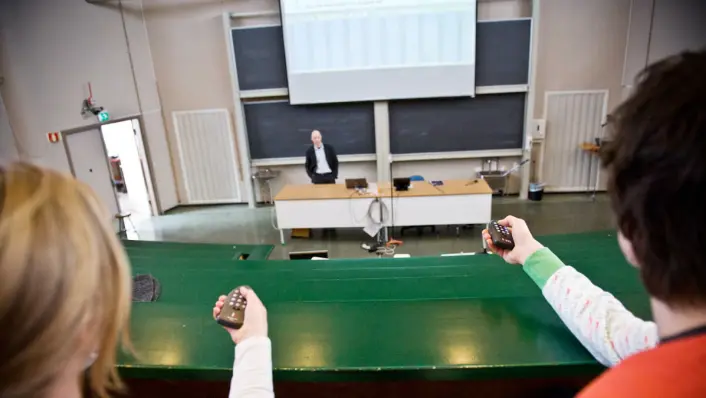 Crouch, C. H., & Mazur, E. (2001). Peer instruction: Ten years of experience and results. American journal of physics, 69(9), 970-977.
Crouch, C. H., & Mazur, E. (2001). Peer instruction: Ten years of experience and results. American journal of physics, 69(9), 970-977.
Policy in Norway St.meld. nr. 27 (2000-2001)
"In order to enhance the learning outcome and progression, student active teaching methods should be emphasised in combination with assessments, promoting learning through recurring feedback.
"For å styrke læringsutbyttet og progresjonen skal det legges vekt på studentaktive undervisningsformer i kombinasjon med evalueringer som fremmer læring gjennom jevnlige tilbakemeldinger. "
Policy in Norway St.meld. nr. 16 (2016-2017)
"All students shall receive active and varied learning- and assesment approaches, where digital opportunities are utilized."
"Alle studenter skal møte aktiviserende og varierte lærings- og vurderingsformer, der digitale muligheter utnyttes."
Policy in Japan MEXT: "Towards a Qualitative Transformation of University Education for Building a New Future" (2012)
"The cultivation of 'gakushiryoku' requires active learning through discussions and debates, and experiential education programs through internships"
A swift transition in Japan, according to MEXT[*]:
"(...) 41.6% of four-year universities and colleges provide the faculty development workshops for promoting active learning methods in a class as compared with that of 26.9% in 2013.""[*]Yamada, A., & Yamada, R. (2018). The new movement of active learning in Japanese higher education: the analysis of active learning case in Japanese graduate programs. Active Learning-Beyond the Future, 1(4), 1-16.
Promises of active learning:
Engage a broad group of students
Enhance learning outcomes Freeman, S., Eddy, S. L., McDonough, M., Smith, M. K., Okoroafor, N., Jordt, H., & Wenderoth, M. P. (2014). Active learning increases student performance in science, engineering, and mathematics. Proceedings of the national academy of sciences, 111(23), 8410-8415.
Not necessarily a "silver bullet" Matsushita, K. (2018). An invitation to deep active learning. Deep active learning: Toward greater depth in university education, 15-33.
Prof. Kayo Matsushita
deep
active learningengagement and understanding
Matsushita, K. (2018). An invitation to deep active learning. Deep active learning: Toward greater depth in university education, 15-33.Peer-instruction ("clickers")
Think-pair-share
One minute paper
Problem solving in groups
Case studies
Implementation in Japan:
"AL often entails the application of problem-based learning, cooperative learning, and other types of class activities, as recommended by the Central Council of Education in its 2012 report"[*]Ito, H., & Takeuchi, S. (2022). The demise of active learning even before its implementation? Instructors’ understandings and application of this approach within Japanese higher education. Education Inquiry, 13(2), 185-204.
| How do you use active learning? | n | % |
|---|---|---|
| 1. Problem-based/Project based learning (PBL) | 19 | 9.3 |
| 2. Cooperative/Collaborative learning (CL) | 21 | 10.3 |
| 3. Other class activities (e.g. Presentations) | 22 | 10.8 |
| 4. Uncertain | 6 | 2.9 |
| 5. Others | 39 | 19.1 |
| 6. PBL, CL, and other class activities | 35 | 17.2 |
| 7. PBL and other class activities | 21 | 10.3 |
| 8. PBL and CL | 20 | 9.8 |
| 9. CL and other class activities | 12 | 5.9 |
| 10. PBL and other responses | 4 | 2.0 |
| 11. CL and other responses | 5 | 2.4 |
| Total | 204 | 100 |
discussion
writing
collaborative learning
debate
Peer teaching
[*] Yamada, A., & Yamada, R. (2018). The new movement of active learning in Japanese higher education: the analysis of active learning case in Japanese graduate programs. Active Learning-Beyond the Future, 1(4), 1-16. Yamada, A., & Yamada, R. (2018). The new movement of active learning in Japanese higher education: the analysis of active learning case in Japanese graduate programs. Active Learning-Beyond the Future, 1(4), 1-16.
Yamada, A., & Yamada, R. (2018). The new movement of active learning in Japanese higher education: the analysis of active learning case in Japanese graduate programs. Active Learning-Beyond the Future, 1(4), 1-16.
The Learning Assistant (LA) program at UiO [*]
A pedagogic support unit (KURT)
Centre for Computing in Science Education
B-tjenesten (student tutoring service)
Interactive computational projects (spinoff from the Hylleraas centre for quantum molecular sciences)
[*] Odden, T. O., Lauvland, A., Bøe, M. V., & Henriksen, E. K. (2023). Implementing the Learning Assistant Model in European higher education. European Journal of Physics.A way of realizing active learning [*]
Undergraduates as tutors
Weekly meetings with teaching staff
Practice above theory
...but still some theory.
Course transformation
Evidence-based teaching methods
[*] Otero, V., Pollock, S., & Finkelstein, N. (2010). A physics department’s role in preparing physics teachers: The Colorado learning assistant model. American Journal of Physics, 78(11), 1218-1224.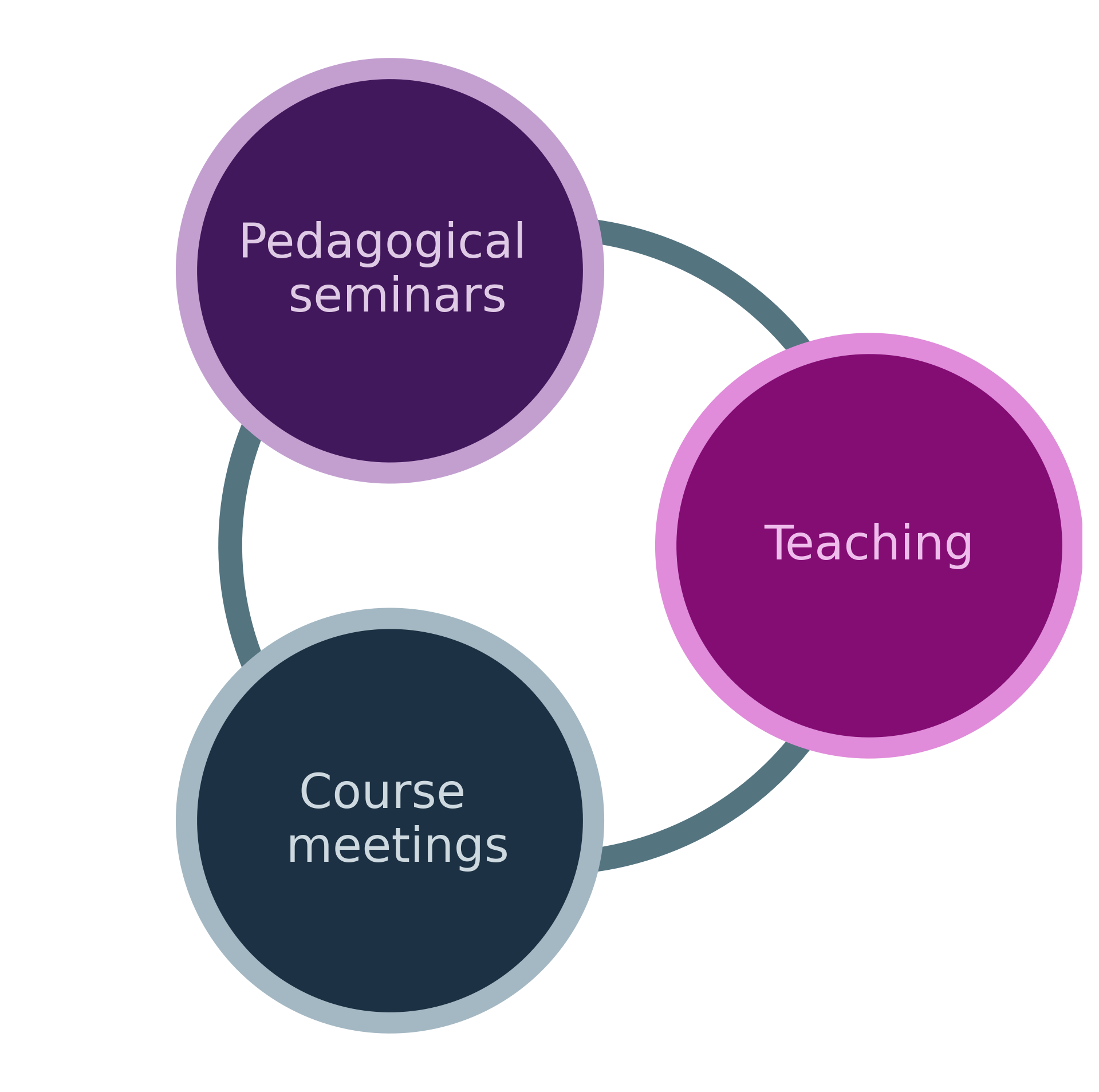
The Learning Assistant program
|
Week |
Topic |
Literature |
|
|---|---|---|---|
| 1 | Communcation and activity | Lang, J. M. (2016). Small changes in teaching: The first/last 5 minutes of class. The chronicle of higher education. | |
| 2 | Open and closed questions | Blosser, P. E. (1991). How to ask the right questions. NSTA Press. | |
| 3 | Sensemaking vs. answermaking | Megowan-Romanowicz, C. (2016). Whiteboarding: A tool for moving classroom discourse from answer-making to sense-making. The Physics Teacher, 54(2), 83-86. | |
| 4 | Microlectures | ||
| 5 | Inclusive teaching | Tanner, K. D. (2013). Structure matters: twenty-one teaching strategies to promote student engagement and cultivate classroom equity. CBE—Life Sciences Education, 12(3), 322-331. | |
| 6 | Observation |
Debrief
Intro
Warm-up
Theory
Task
Share-out
Summarize
Effects of the LA-program
"A thematic analysis of these data showed that participation in the LA model helped ensure LA buy-in to both the interactive engagement methods and goal of cultivating conceptual understanding that underlie most research-based instructional strategies (...)""[*] Odden, T. O., Lauvland, A., Bøe, M. V., & Henriksen, E. K. (2023). Implementing the Learning Assistant Model in European higher education. European Journal of Physics.
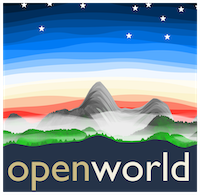
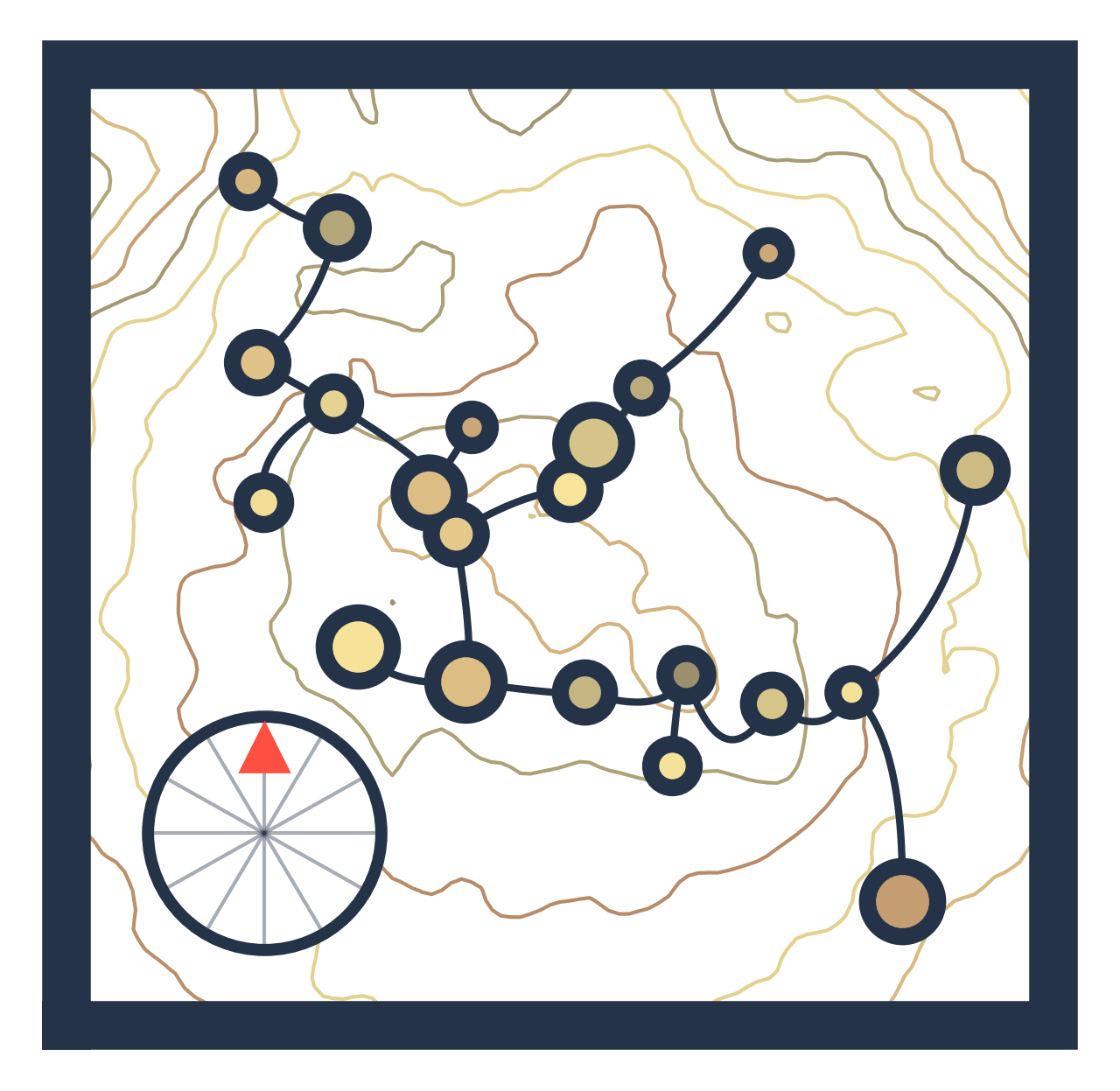

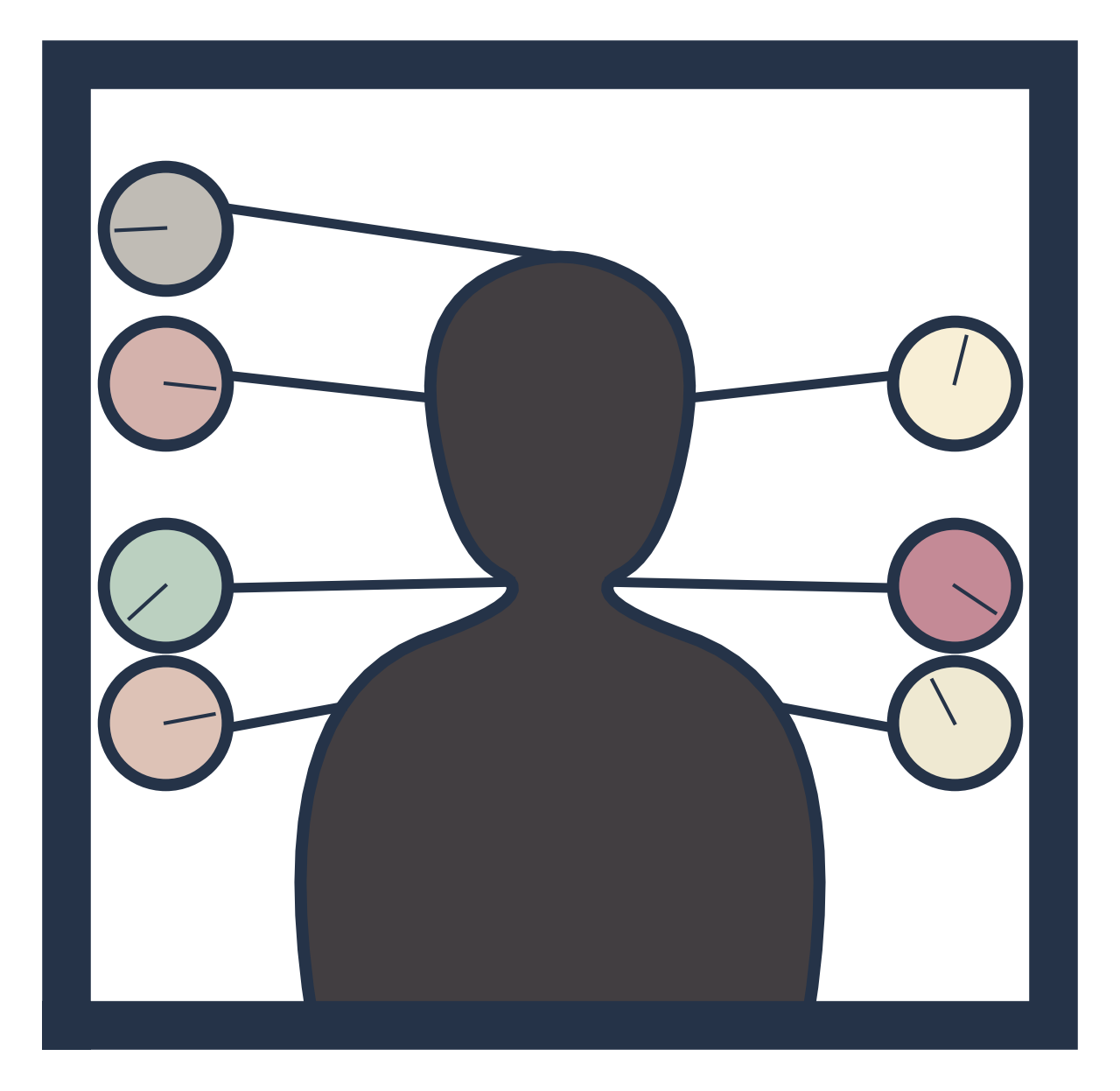

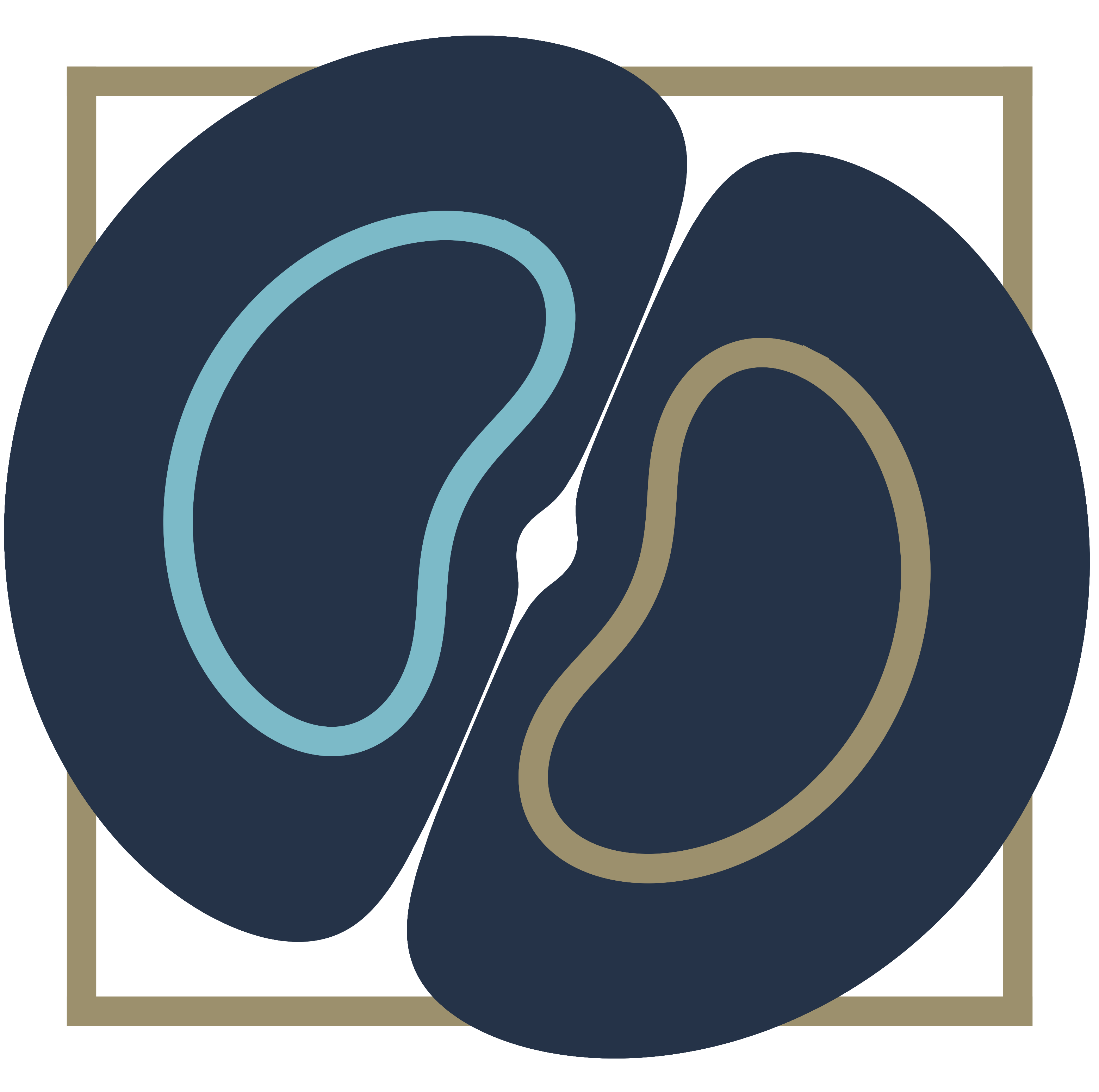
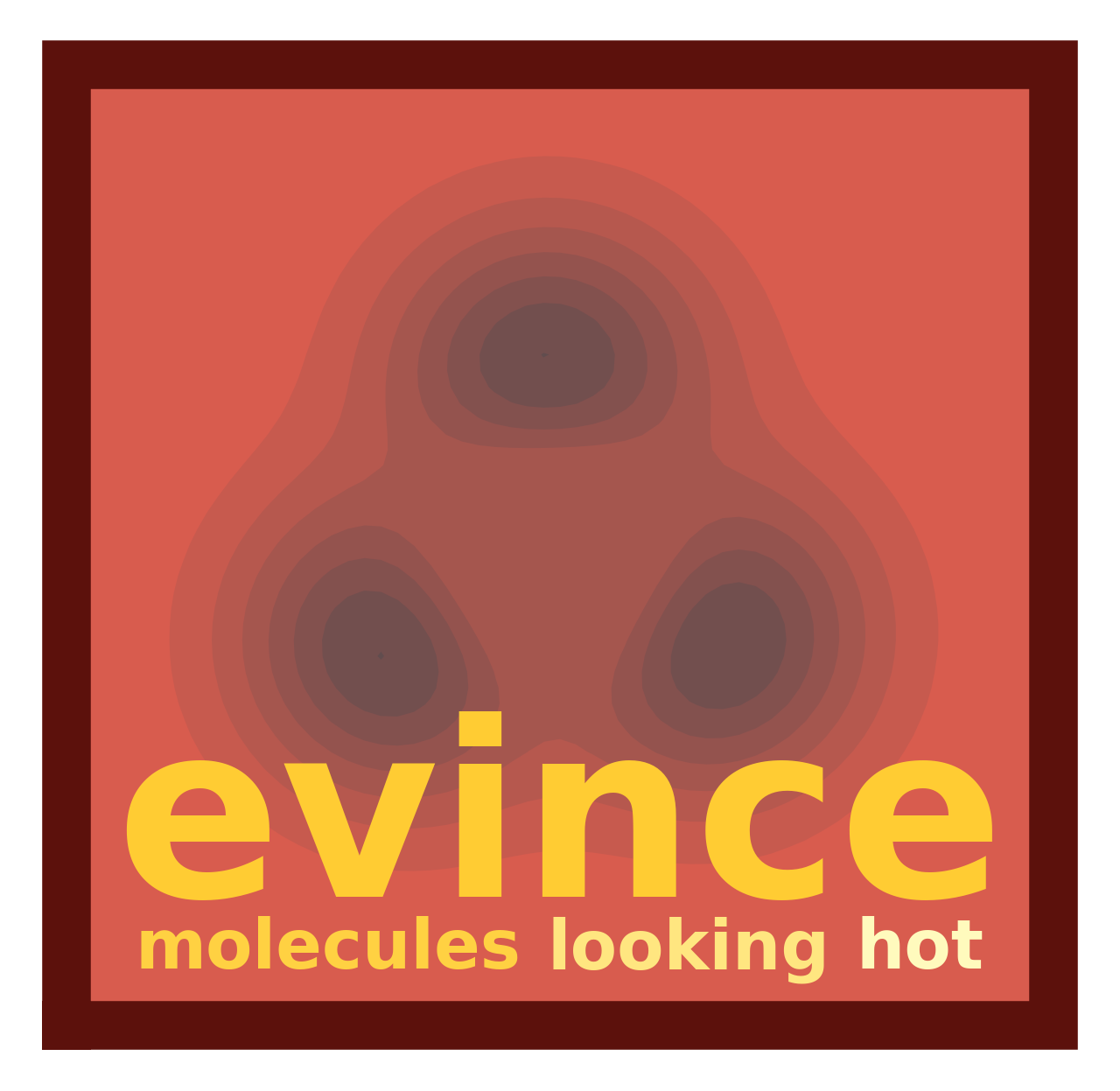
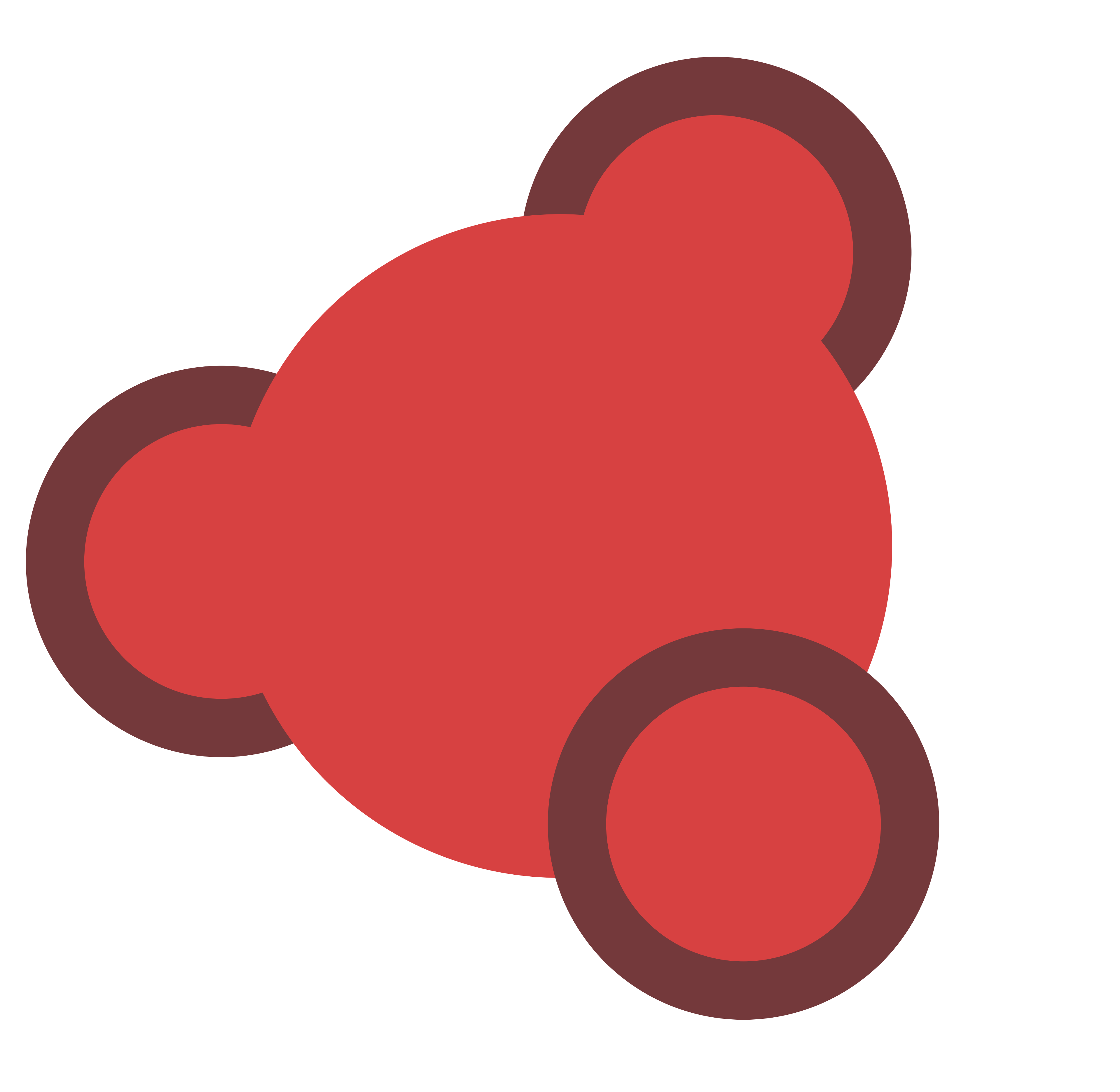

Asymmetric forces for lifelike molecular dynamics


The rise of
approaches across cultures
Presentation contained works by Audun Skau Hansen, Tor Ole Odden, Andreas Haraldsrud, Tone Gregers, Steven Wilson, Christine Olsen, Jonathan Smith, Simen Reine (and the HSP team), Michele Cascella, Elias Dalan, Ayla Coder, Hanan Gharayba and many others.